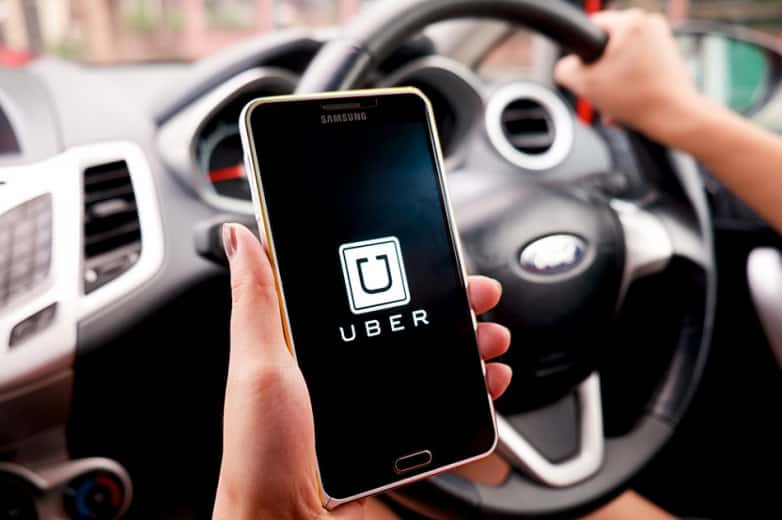
Driving for Uber or Lyft is often held up as a model for how the “gig economy” is creating opportunities for workers to, as Uber puts it, “earn what you need.” And so it is — if you don’t need to earn very much, new research suggests.
Drivers for the two biggest ride-sharing companies earn a median profit of $3.37 per hour before taxes, while almost three out of four drivers make below the minimum wage in their state, according to a study published by MIT’s Center for Energy and Environmental Policy Research. The study, based on a survey of more than 1,100 drivers, factors into its analysis expenses for vehicles, such as insurance and repairs.
Lyft said it hasn’t had a chance to study the research, but added that it appears to show “some questionable assumptions.” Uber took issue as well, describing the research as “deeply flawed.”
Labor advocates say the research underlines questions about such jobs, which are billed as giving workers a way to make extra money while setting their own schedules. Critics of the so-called sharing economy say it’s a stingy strategy from corporations that want to classify workers as independent contractors, which means they don’t need to pay benefits or provide protections such as overtime and workers compensation.
“The companies could be liable for back pay, and there are multiple cases pending against them,” said Rebecca Smith, deputy director at the National Employment Law Project, a worker advocacy group. “But because the workers have generally had to sign forced-arbitration agreements, the cases are not getting heard. Workers have had more luck at the state agency level, where forced arbitration doesn’t come into play.”
She added, “The only people coming out ahead in this scheme are the executives at the very top.”
“Ride-hailing operators such as Uber and Lyft have collectively taken millions of customers on billions of rides since 2009,” the researchers noted in their report. “These rides are delivered by hundreds of thousands of independent contractors who face uncertain customer demand and bear the expenses of operating a vehicle.”
Uber CEO Dara Khosrowshahi tweeted that the study represented “Mathematically Incompetent Theories (at least as it pertains to ride-sharing)” and pointed to a rebuttal from Uber chief economist Jonathan Hall, who suggested the paper included “a major error in the authors’ methodology.”
In response to the criticism, the researchers said they planned to re-examine their findings, according to Reuters.
The survey found the median gross revenue on a per-mile basis is 59 cents, although that drops to 29 cents per mile after subtracting operating costs such as insurance. Because the IRS allows for a 54-cent per mile deduction, about half of drivers can claim a business loss on their tax returns, according to the study.
“If drivers are fully able to capitalize on these losses for tax purposes, 73.5 percent of an estimated U.S. market $4.8 billion in annual ride-hailing driver profit is untaxed,” they added.
To be sure, the study relies on self-reported data, which isn’t always accurate. People are notoriously bad at accurately reporting the facts, ranging from medical data to how much money they’re spending.
Other studies have found Uber drivers earn considerably more than the minimum wage, such as a 2015 study from economists Jonathan V. Hall and Alan B. Krueger that found the typical Uber driver earned about $19 an hour, compared with $12.90 an hour for taxi drivers and chauffeurs.
Still, that research noted that Uber’s drivers aren’t reimbursed for driving expenses, such as gasoline or insurance, while taxi drivers may not have to pay for those costs. Uber drivers could write off the expenses on their taxes, but those costs would nevertheless eat into their income.
The researchers behind the study — Stanford University’s Stephen Zoepf, Stella Chan, Paa Adu and airline researcher Gonzalo Pozo — said about 40 percent of costs are lost to insurance, maintenance and repairs, while another 40 percent is spent on fuel. Another 20 percent is lost to depreciation.
“While the paper is certainly attention grabbing, its methodology and findings are deeply flawed,” Uber said in a statement emailed to CBS MoneyWatch. “We’ve reached out to the paper’s authors to share our concerns and suggest ways we might work together to refine their approach.”
























